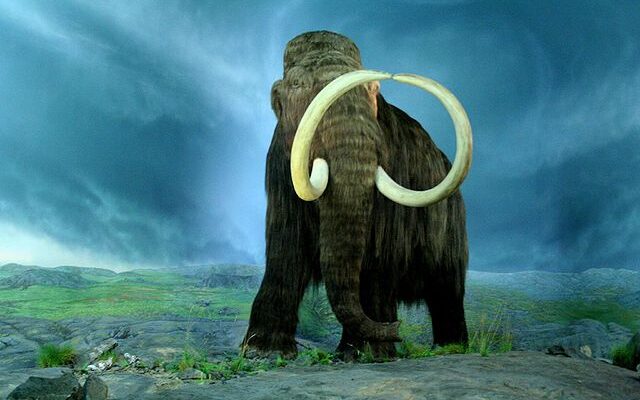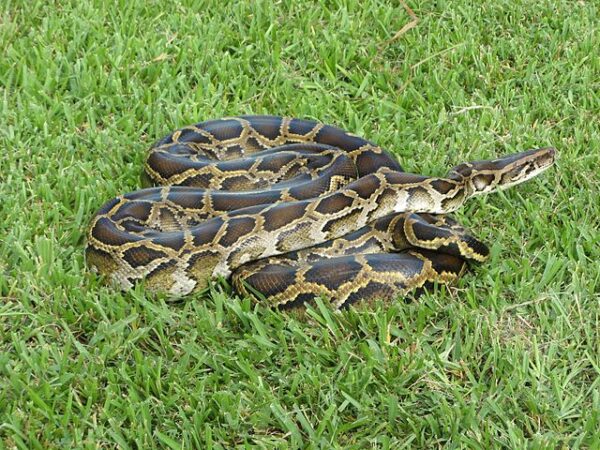
It has long been assumed that our ancient, very ancient, ancestors used to hunt wooly mammoths and use them for food. In some cases, paleontologists have found frozen woolly-mammoth carcasses so well preserved in the arctic that they still have blood in their veins.
Who wants extinct meat for their Valentine’s Day?
Some researchers have even claimed to have taken a bite out of their findings.
The Atlantic shared the story that “in 1901, an expedition to the Beresovca River in Siberia found a male mammoth so exquisitely preserved that it still had grass in its mouth. The mammoth’s bones and skin were put on display in St. Petersburg, and its flesh was, supposedly, served at a “mammoth banquet.” The meal was a hit, according to one glowing account, ”particularly the course of mammoth steak, which all the learned guests declared was agreeable to the taste, and not much tougher than some of the sirloin furnished by butchers of today.”
It all begs the question: what did wooly-mammoth taste like if our ancient ancestors liked them so much? We might all be able to find out soon, especially if you like meatballs.
CNN writes, “Vow, an Australian cultured meat startup, has made what it describes as a mammoth meatball. The project’s goal, according to the company, is to draw attention to the potential of cultured meat to make eating habits more planet friendly. On Tuesday, the meatball will join the collection at Rijksmuseum Boerhaave — a museum of science and medicine in the Netherlands.
‘We need to start rethinking how we get our food. My biggest hope for this project is … that a lot more people across the world begin to hear about cultured meat,’ said James Ryall, Vow’s chief scientific officer.
Scientists working on the project didn’t have access to a frozen stash of mammoth tissue on which to base their efforts. Instead, they focused on a protein present in mammals called myoglobin that gives meat its texture, color and taste, identifying the DNA sequence for the mammoth version in a publicly available genome database.
They filled in gaps in the mammoth myoglobin DNA sequence using information from the genome of an African elephant. The scientists inserted the synthesized gene into a sheep muscle cell, which was then cultured, or grown, in a lab.
The team was eventually able to produce about 400 grams of mammoth meat.”
National Geographic writes that wooly mammoths “roamed the cold tundra of Europe, Asia, and North America from about 300,000 years ago up until about 10,000 years ago. (But the last known group of woolly mammoths survived until about 1650 B.C.—that’s over a thousand years after the Pyramids at Giza were built!)
These animals grazed on plants, using their 15-foot-long tusks to dig under snow for food like shrubs and grasses. Like today’s elephants, woolly mammoths likely gave birth to one calf at a time, and the females and their young roamed in herds of about 15 individuals. Male mammoths would leave the herd at about age 10.
Woolly mammoths were probably about the size of African elephants, around 13 feet tall. But woolly mammoths had much smaller ears, which kept them from losing body heat. They were also covered in two layers of fur—the shaggy outer layer could be 20 inches long and helped them stay toasty in temperatures as low as minus 58°F. Woolly mammoths also had a lump on their back, which scientists think were fat stores that provided energy when food was scarce, sort of like a camel’s hump.
Scientists aren’t sure exactly why woolly mammoths went extinct: Some think that humans hunted too many of them, and others believe that they couldn’t survive Earth’s naturally warming climate. Or, it could’ve been a combination of both.”
[Read More: Gold Miner Finds The Unexpected]









